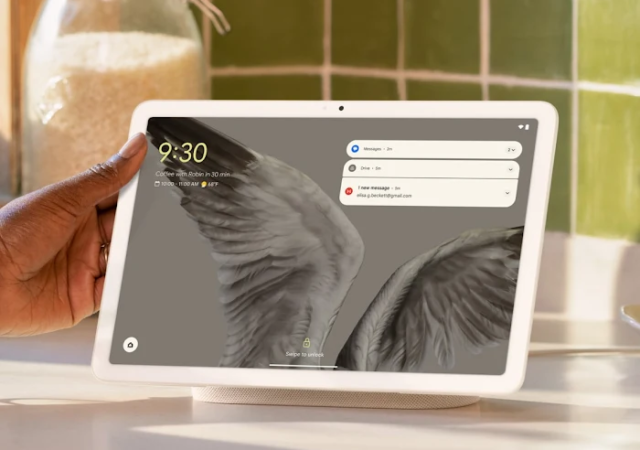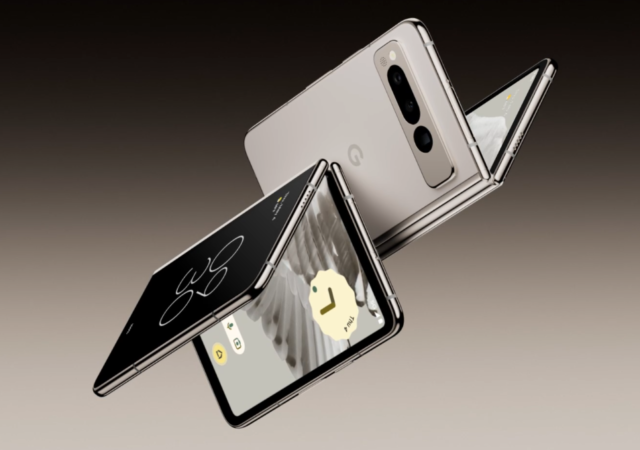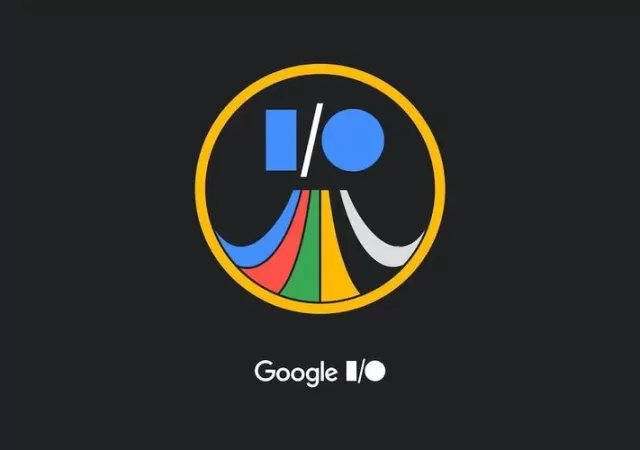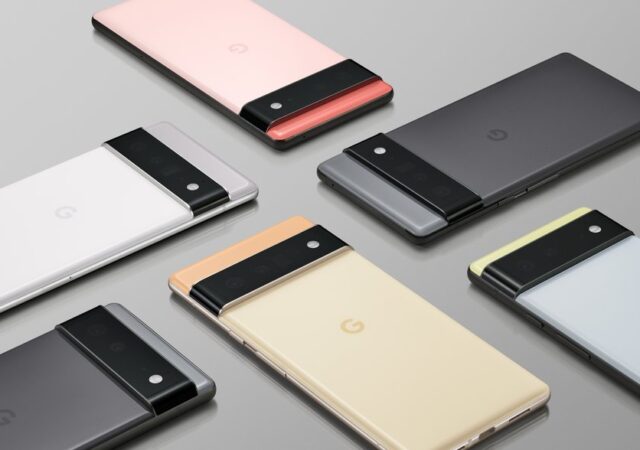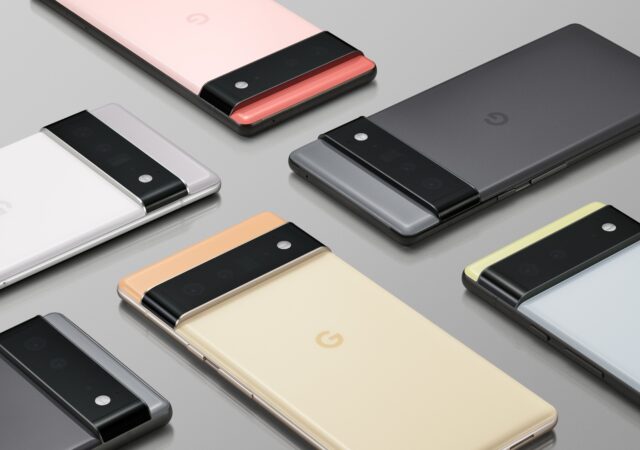Google introduces the new standard for Android tablets, the Google Pixel Tablet at Google I/O 2023 running Android 14 with Tensor G2 platform
Google Reveals the Pixel Fold, The Next Word in Foldables
Google has announced the Google Pixel Fold, their next foldable smartphone to be launched at Google I/O 2023 on the 10th of May 2023.
Google I/O 2023 is On, and it is Happening on the 10th of May 2023
Google I/O is back on the 10th of May 2023. We are expecting a new Pixel hardware, foldable, tablet, and a new iteration of Android.
The Google Pixel 6 and Pixel 6 Pro are Here – Meet Google’s Most Powerful Smartphone ever
Google launches their most advanced Pixel ever, the Google Pixel 6 and Pixel 6 Pro with Google’s Tensor for US$ 599 onward.
Google Confirms the Pixel 6 and Pixel 6 Pro: This is What Google’s Next Smartphone Looks Like
Google unveils their new flagship smartphone in the Pixel 6 and Pixel 6 Pro powered by the the first Google Tensor processor.



